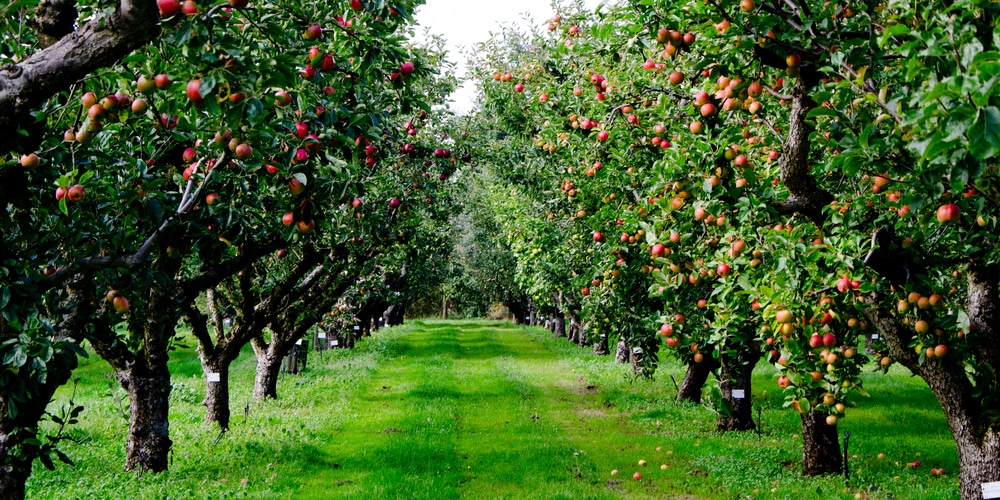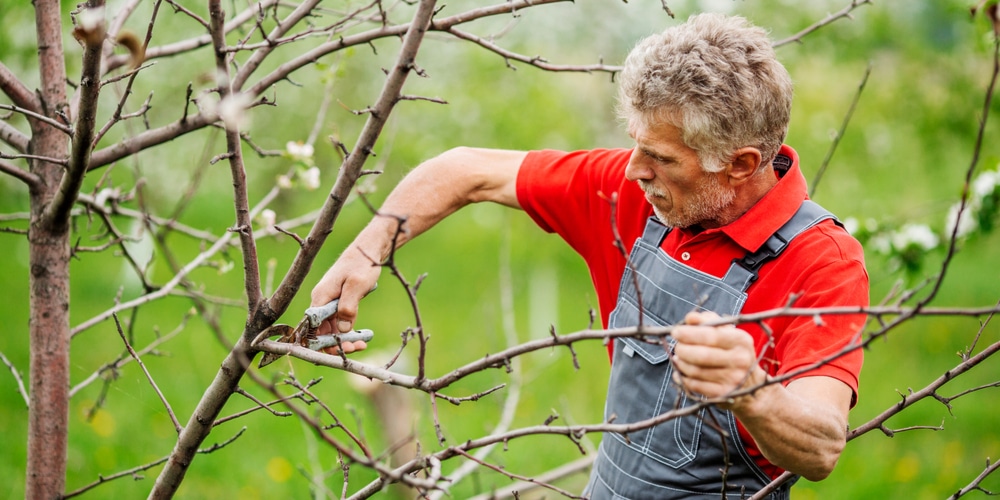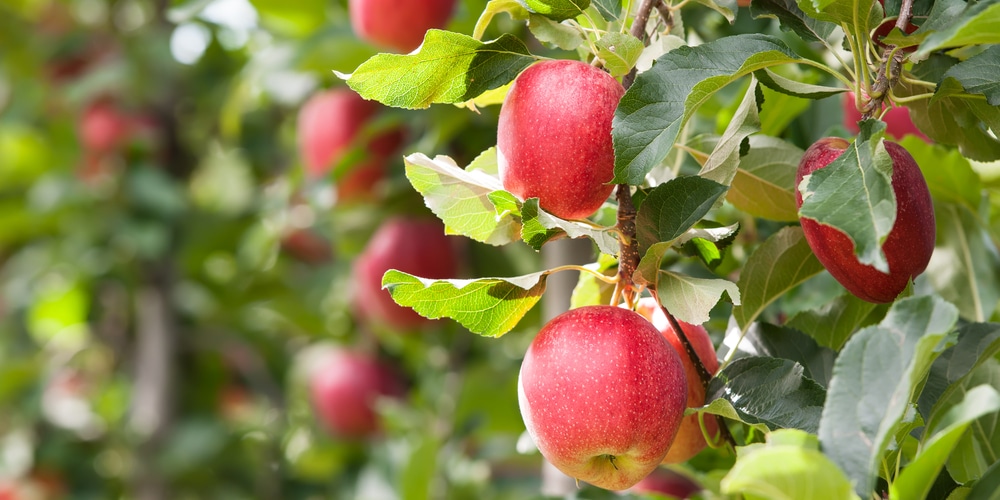Pruning is a crucial step in ensuring your fruit trees grow healthy and free of infestation. It can also help to stimulate growth, improve your plant’s looks and shape, promote its health, and boost fruit production. For all of that to happen, you must first prune your tree at the right time of the year. Plus, you must ensure your fruit tree is suitable for your hardiness region.
Quick Answer:
If you live in Minnesota, you’ll get better results pruning your apple trees between February and early March

If you live in Minnesota, apple trees are a good pick for your garden. They thrive in this state’s cold springs and fall and don’t mind snow or frost. Plus, they are easy to grow, don’t require fertilizer, and are not so fussy about water as other fruit trees are.
But not all varieties perform the same in all regions. Keep reading to find out about the ones you can successfully plant in Minnesota. Indeed, this essential guide includes some of our favorite varieties suitable to Minnesota’s climate. Use our tips and recommendations as inspiration, but always check your local climate to ensure you can provide your trees with what they need.
Don’t forget that selecting the proper fruit tree is only part of the story. If you want to learn about when to prune apple trees in Minnesota, you’ve landed in the right place. While you’ll only have to do it once a year, you must ensure you prune your tree at the right time to get the most out of this essential practice.
When to Prune Apple Trees in Minnesota
Prune your apple tree when it is dormant, which happens during winter. If you live in Minnesota, you’ll get better results pruning your apple trees between February and early March. Don’t forget to use the proper tools to get the job done correctly without harming your plant.
For starters, your shears and pruning saws must be sterile and clean. Not sanitizing your tools might spread diseases and infections and weaken your tree. Don’t forget to sharpen them before cutting branches to your tree to minimize potential injuries. Remove old, unhealthy, and dead branches. Also, eliminate all new growths from the trunk: they won’t bear fruits and will only drain energy from your tree.
Besides pruning your tree at the right time of the year, you must meet its basic requirements. Apple trees require full sun for most of the day, especially during the growing season. Locate your apple tree somewhere it can receive enough sunlight and under moist soil. Also, remember to place pollinators around your tree to boost fruit production. Only a few varieties of apple trees can self-pollinate: keep that in mind before planting one in your garden.
What Varieties of Apple Trees Should You Plant in Minnesota?
If you are a beginner with fruit trees, you should probably plant an apple tree. They are easy to grow and don’t require much attention from your side. You can even plant them in pots if you don’t have enough space in your garden! But what species of apple trees work well in Minnesota? Keep reading to find out!
Honey Crisp
Honey crisp apple trees are perfect if you have limited space in your garden, but you like the idea of getting a fruit tree for your yard. These trees reach heights between 14 and 18 feet at maturity and produce plenty of fruits under proper conditions.
Plus, they are resistant to some diseases, meaning you won’t have to worry as much with honey crisp as you would do with other varieties. Add some mulch around your tree’s base to improve water retention and regulate the temperature in the soil: it will save you lots of headaches!
Red Delicious
The Red Delicious apple tree is one of the most widely planted species in the northern states. You can find dwarf varieties, perfect for smaller yards. Provide your tree with slightly acidic soil to ensure healthy fruit production during the summer. Also, plant it somewhere it will get sunlight for at least a couple of hours.
Granny Smith
If you like tart green apples, you shouldn’t look further than Granny Smith. This apple tree produces abundant fruits and is relatively easy to grow, provided that you meet its basic requirements. Plus, you’ll need to plant this tree next to another variety to ensure pollination and boost fruit production.

